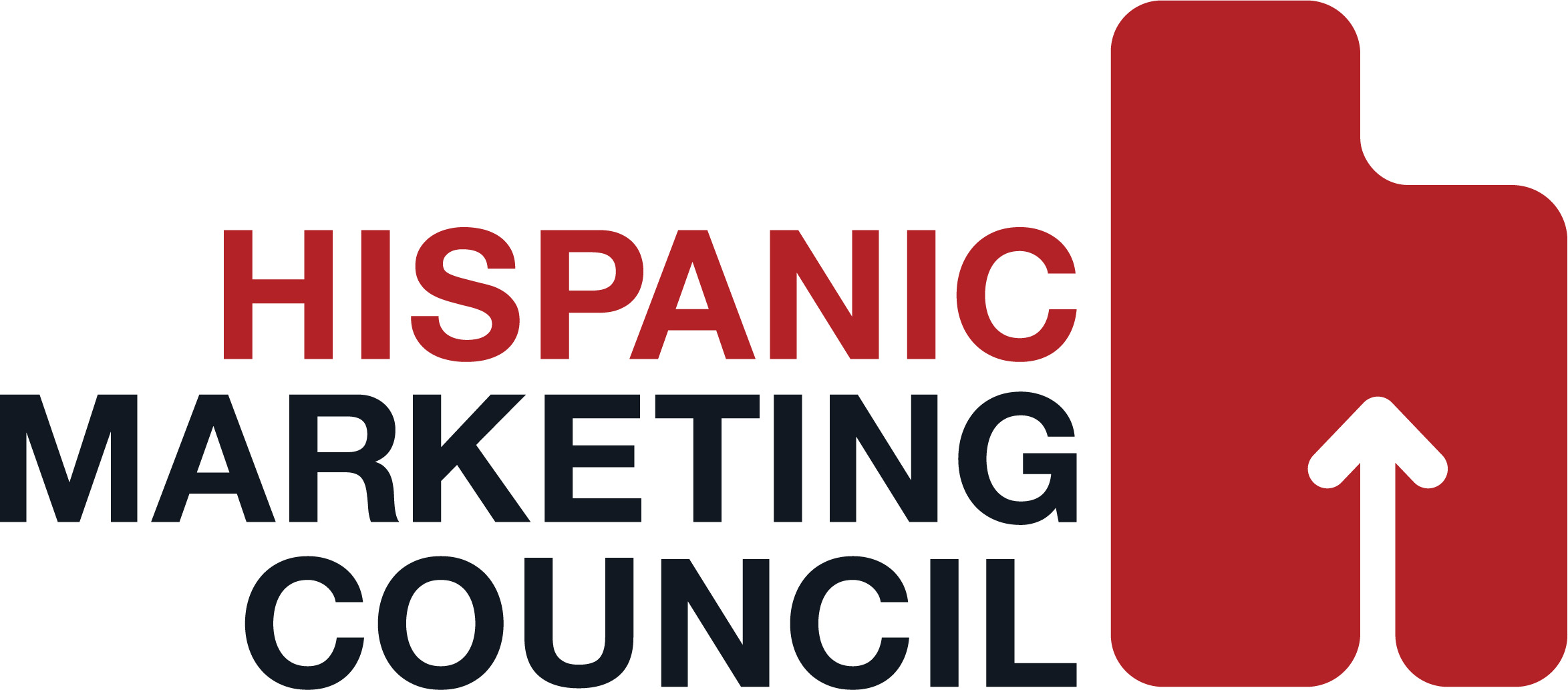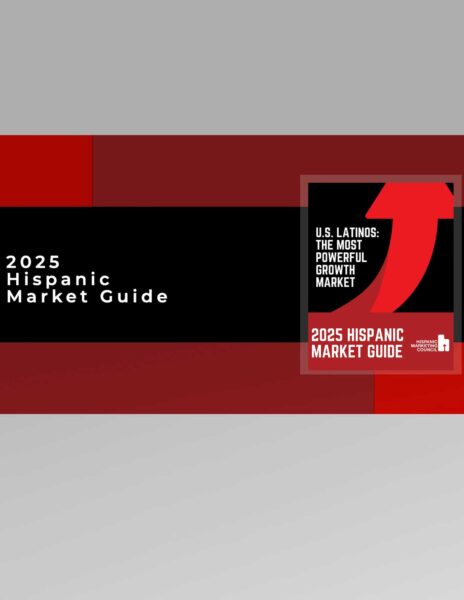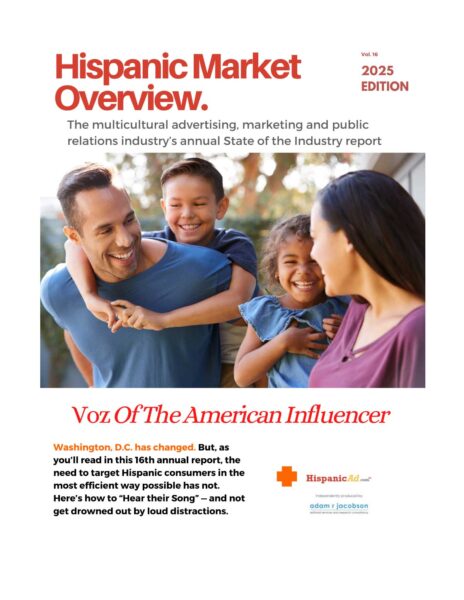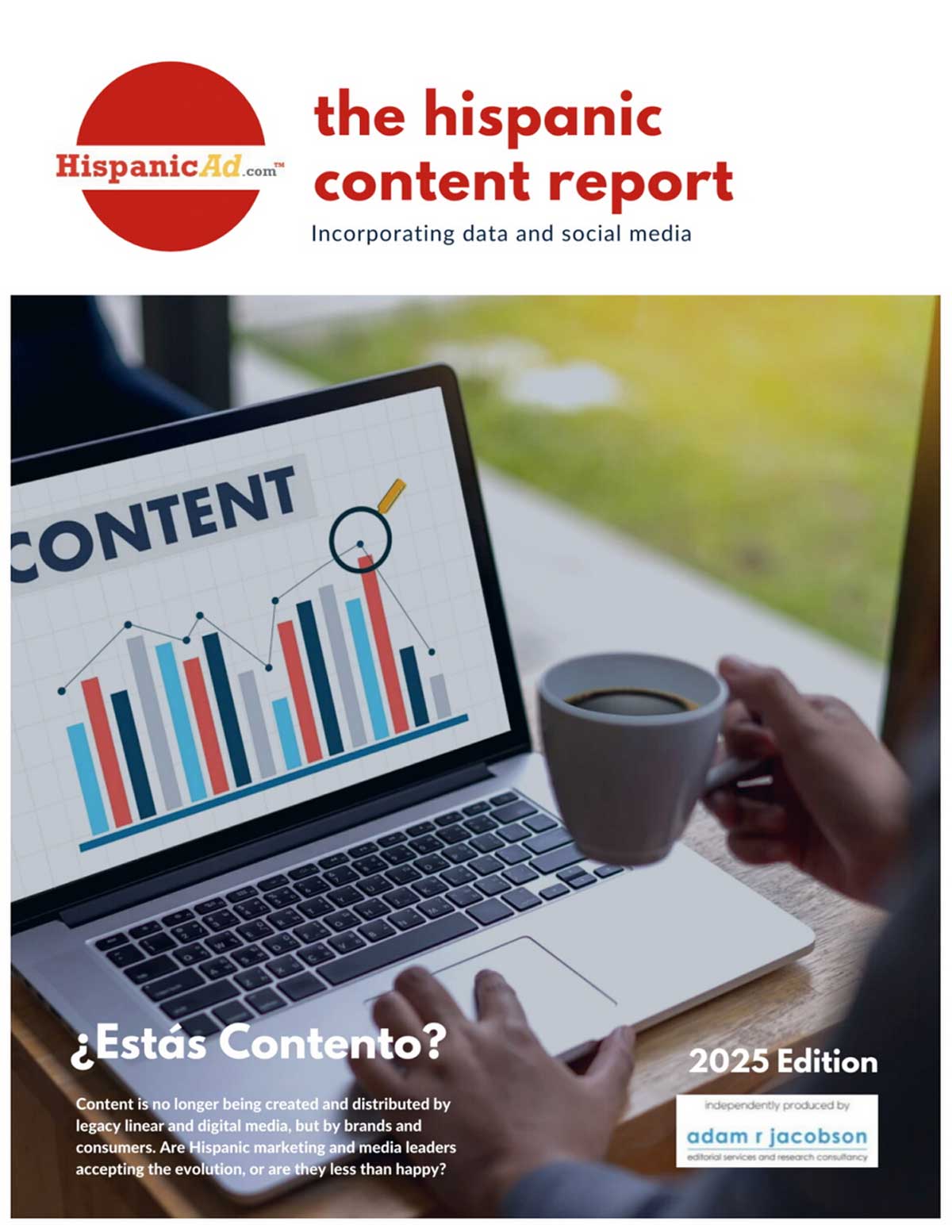Trends
The Digital Economy Surges to $4.9 Trillion, Supporting 28.4 Million Jobs Nationwide [REPORT}

The Interactive Advertising Bureau (IAB), the digital media and marketing trade association, released the fifth edition of its long-running economic research series, Measuring the Digital Economy: Advertising, Content, Commerce, and Innovation, led by John Deighton, Harold M. Brierley Professor of Business Administration Emeritus, Harvard Business School.
Population Growth Reported Across Cities and Towns in All U.S. Regions

Cities of all sizes grew on average from 2023 to 2024 with Southern and Western cities experiencing accelerated growth. Topping the list of fastest-growing cities was Princeton, Texas with a remarkable 30.6% growth rate, according to the U.S. Census Bureau’s Vintage 2024 estimates released today. New York City, Houston and Los Angeles saw the greatest numeric gains during this time and some cities in the Northeast and Midwest marked their first population increase in recent years.
New Back To The Office Study: Marketer, Agency, And Average American Commutes Surge As AM/FM Radio Is The Queen of The Road

What is the latest on the state of media agency and marketer commuting patterns? What is the latest on the average American commute? Marketers and media agencies are increasing their commutes and spending more days at the office, according to a brand-new Advertiser Perceptions study of 305 media agencies and brands commissioned by the Cumulus Media | Westwood One Audio Active Group®. Interviews took place April 1-8, 2025 and the results were compared to seven Advertiser Perceptions studies conducted every six months beginning in April 2022.
What Latin Music’s Global Rise Teaches Us About Culture, Consumers, and the Future of Marketing

In this episode of The New Mainstream podcast, Jose Abreu, Vice President of Digital Marketing & Streaming, Latin Iberia Region, at Sony Music Entertainment, explores how technology, culture, and consumer behavior are reshaping the future of music and what brands can learn from it.
Six ways to lead in an age of debossification

Companies, brands, and individuals which succeed are ones that differentiate themselves. By Rishad Tobaccowala
Three Ways CMOs Can Get Back in the Good Graces of CEOs

A recent Gartner study of 25 CEOs and CFOs that found that only 22 percent of the respondents say their CMO has significantly clarified marketing accountabilities. Amidst other disturbing trends, CMOs now must do whatever they can to get back into the good graces of the C-suite. They can start with these three tips from Matthew Schwartz.
From Distrust to Influence: How Advertisers Can Rebuild Consumer Confidence

Advertising has a trust problem. Consumers are skeptical, and for good reasons. Misinformation floods their feeds; ad saturation makes them tune out and opaque algorithms dictate what they see. Brands aren't just caught in the crossfire – they're often funding the very problem they need to solve.
Beyond Demographics: How Psychographics and Motivational Data Are Transforming Advertising – The evolution of audience understanding

Demographic data has long been the cornerstone of audience targeting. Age, gender, income, education, marital status and so on — these familiar attributes have shaped everything from media buys to creative briefs. But in today's marketing landscape, where personalization reigns and attention is scarce, knowing who your audience is simply isn't enough. To cut through the noise and truly connect, brands must understand why people act the way they do.
The Government Told Me to Leave the Country

On the night of April 10, 2025, the Department of Homeland Security (DHS) emailed me a notice basically saying I had to self-deport within seven days because “DHS was now exercising its discretion to terminate my parole.” The sender was legitimate. It came from a “cbp.dhs.gov” email address, and the recipient addressed was my email address. This was not a forwarded email from a client either.
RACE AND ETHNICITY IN COMMUNICATION [REPORT]

The DAA report shows a six-point increase in overall racial diversity among participants, rising to 28% in 2023 from 22% in 2019—driven largely by a three-point gain in Latino representation. With nearly 20% of the U.S. population identifying as Hispanic or Latino, improved representation supports deeper market reach, especially considering that Spanish is the nation's most common non-English language. Still, the modest gains highlight persistent disparities, particularly in leadership, and reinforce the urgent need for structural change to address the all-too-common experience of people of color being 'the only' or 'few' among colleagues. By 2045, more than 50% of the U.S. population will be people of color, a demographic that has driven 100% of the U.S. population growth.
Strategy and the Perils of Implementation.

What is strategy? Strategy is Future Competitive Advantage. By Rishad Tobaccowala
Influence and Content: How Brands Can Tap into Passion and Relevance

If you're an advertiser and you think you can still treat earned media, influence, and content as separate areas, you haven't been paying attention. Literally.
Innovations in Pharmaceutical Marketing

"The desire to take medicine," Sir William Osler maintained, "is perhaps the greatest feature which distinguishes man from the animals." The Canadian physician was writing in the early twentieth century, but the words still carry a ring of truth, as few abilities have allowed humanity to achieve the pitch of civilization we currently enjoy like the capacity to find the cures for our maladies. Our species has grown so proficient at the practice that it has raised a whole industry around it — one which innovates at a breakneck pace, combatting the cruelest illnesses and extending lifespans ever further.
“The New Media Multiverse” Reveals Fundamental Shifts in Media Consumption and Brand Engagement Reshaping the Marketing Landscape

The traditional marketing playbook is rapidly becoming obsolete as emerging consumption patterns reshape how audiences engage with brands, according to the research from Horizon Media's in-house research unit WHY Group and Blue Hour Studios, Horizon's full-service social and influencer agency.
States with High Numbers of In-Movers From Other States Didn’t Necessarily Have High Shares of Recent Arrivals in 2023

If you lived in the District of Columbia, North Dakota, Alaska, Idaho, or Vermont in 2023, chances are relatively high you or your neighbor had moved there from another state within the prior year. But if you lived in California, a much larger state that attracted many more movers from other states over the same period, the likelihood of being in proximity with a recent in-mover, or someone who arrived in that state from another state within the prior year, was slimmer.
How CTV Creative Goes from Barrier to Entry to Lever for Optimization

For more than 70 years, TV commercials have been budgeted and produced like short feature films, and this strategy has been working. Millions of people discover and remain loyal to brands because of awesome commercials. It takes a lot of money to make a great TV commercial. Superbowl ads can cost as much as $30 million to produce, and another $8 million to air. Even if it's not for the Superbowl, premium brands consider their TV commercial creative to be the crown jewel of their advertising assets.
Impact of Video On-the-Go in Driving Consumer Action [REPORT]

MAGNA, the media intelligence unit within IPG Mediabrands, and GSTV, a leading, national on-the-go video network, have released “The Power of Video Everywhere”—a new research study that highlights how reaching consumers off the couch and outside the home can significantly influence purchase behavior. By connecting with people at moments of active decision-making, advertisers can drive real action, particularly for brands in verticals like dining and retail seeking to attract customers to their physical locations.
In-Store vs. Online? How 2025 Consumer Shopping Habits Impact Brands

As we navigate a year of economic uncertainty and shifting consumer shopping preferences, ThinkNow’s latest Clicks vs. Carts: 2025 Shoppers Report reveals a nuanced picture of how Americans are shopping in 2025, and what that means for retailers, marketers, and brands looking to stay competitive. The quantitative research report is based on a nationally representative sample of 1,500 consumers from ThinkNow’s market research panels and breaks out the findings by age and ethnicity.
Breaking the Silence: Why Audio Must Catch Up in Programmatic

According to recent data from eMarketer, three in every 10 dollars spent on digital audio is transacted programmatically, compared to nine in 10 for display. So, what's holding marketers back from pushing audio to catch up? Except for legacy radio advertisers, most marketers have a blind spot when it comes to audio; from the initial strategy and concepting through planning, a lack of understanding and prioritization has held investment in audio back. There are three major changes that marketers should adopt to realize the impact of audio: including audio creative, adopting a marketplace approach to buying audio, and leveraging modern audience and measurement tools.
As Penetration of 5G Home Internet Service Grows Among U.S. Households, New Horowitz Study Shows High Satisfaction

Mobile providers like T-Mobile, AT&T, and Verizon have been aggressively rolling out 5G home internet (also known as FWA, or fixed wireless access) in more U.S. markets over the past year. Penetration of the service has now reached 12%, and more than half (56%) of non-FWA subscribers are likely to consider the service when it becomes available in their area, according to Horowitz’s latest annual report, State of Media, Entertainment & Tech: Subscriptions 2025.



























